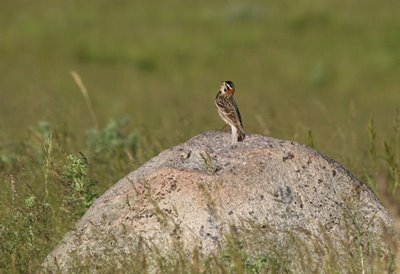
Bill and I worked very hard at the Potholes and Prairies festival in Carrington, North Dakota. We led two field trips, each gave a seminar, performed music for two functions, and I gave a keynote--all in three days. We didn't get a chance to go to some of our favorite spots, like Chase or Horsehead Lakes, to see some of the prairie specialties. We birded when we could, squeezing in a few hours here and there. North Dakota is so generous with its landscapes and birds, though, that we were surrounded by beauty wherever we went. Imagine driving down a highway, and there are all kinds of birds in the air, and instead of being starlings or rock pigeons, they're all different kinds of ducks and shorebirds. That's what's common out there.
But we missed some birds, like Baird's and Nelson's sharp-tailed sparrow. And chestnut-collared longspur, one of my very favorites. This little bird likes unbroken prairie, with shallow, gravelly soil and protruding rocks. After five years, Bill and I will say things as we drive like, "This looks longspurry to me." And we've found lots of great birds that way. This time, though, we got exact directions to a place with longspurs, and took off at 5:30 PM Sunday to find them. Our dear friends Ann and Ernie Hoffert accompanied us. Ernie amused himself while we were shooting longspur portraits by dipping his toe into digiscoping, coming up with some excellent results. I think we may have gotten him hooked. And Ann birded for a long time, then just relaxed and soaked up the landscape, a pursuit she has taken to a high art. She is the most serene and contemplative of companions.
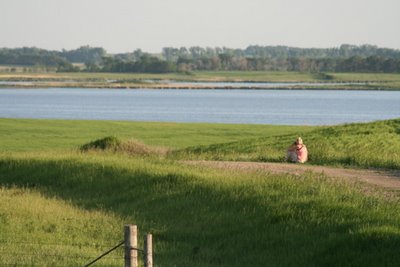
And we found a longspur, perhaps the friendliest, most cooperative bird we could have asked for. He had a couple of favorite song perches and he sang like a madman, bopping from one to the other. Bill and I approached, slow and low, and eventually were just outside his comfort zone.
There is a decision to be made in cropping one's bird photos. Do you go for the luscious, full-frame bird, or do you try to give some idea of where and how it lives? Although closeups are delightful, I just can't bear to crop off the prairie plants that are so vital to its existence, and so I offer you these. I had to get down on my knees to bring the bird above the distant horizon. When you have a super-cooperative bird, you have the leisure to think about composition , instead of just trying to get the darn thing in focus.
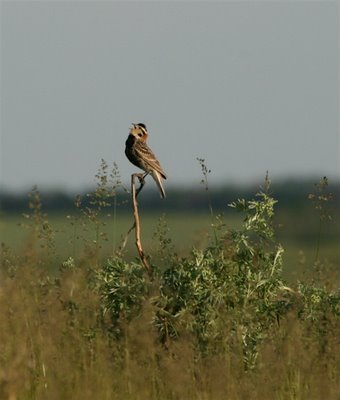
Perhaps my favorite shot, and it also happens to be sharp. When I cropped it in closely, the bird was tack-sharp,
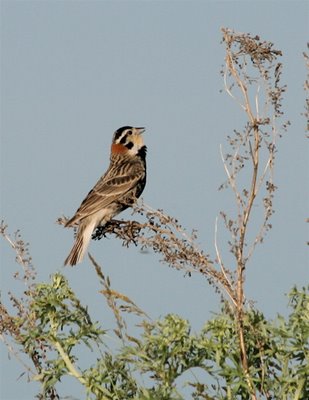
but the dried artemesia stalks seemed to evoke its liquid rollicking song, and so they stayed.
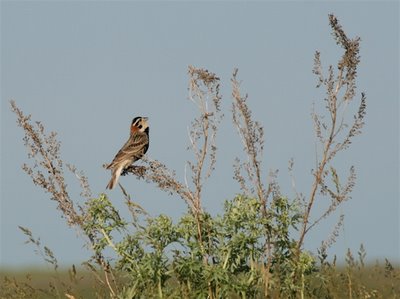
And for a look at how the chestnut-collared longspur got its name, this:
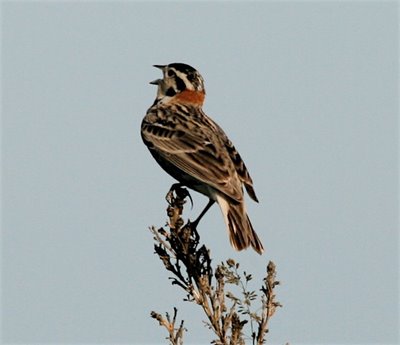
This is such an ornate little bird, and it's utterly different depending on what view you get. A black breast and belly make a potent visual message on bright, open grassland, and all a longspur has to do is face his rival to make a statement. No wonder good song perches are vital to good habitat for prairie birds. You have to make yourself known.
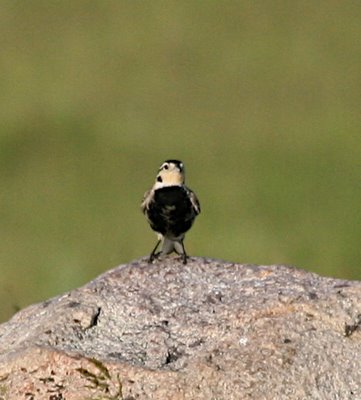
This is why so many grassland birds--red-winged blackbirds, meadowlarks, dickcissels, horned larks, snow buntings and longspurs, to name a few, have such strikingly contrasting markings. Black reads well in landscapes that are flooded with light. There's nothing subtle about a longspur, head-on. And yet, he can turn his back on you, and melt into the grasses.
Meadowlarks do this all the time. Ever wonder why they always seem to be facing away from you when you try to get a look at them? They're hiding from you on purpose, because they know that their bright yellow breast and black vee will attract your attention. I'll never forget watching a migrating flock of eastern meadowlarks feeding at Anzalduas Park in south Texas. When we first spotted them, it was like a field full of daffodils. The moment the meadowlarks became aware that they were being watched, they all turned their backs on us at once, and the flowers melted away.
I originally made one huge post about this one sweet little bird, but decided to cleave it in half. So there will be more longspur joy in the morning.
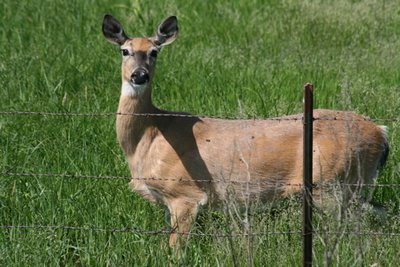
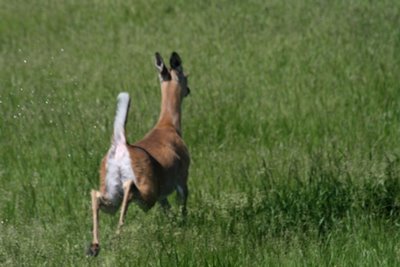 I’m sure the doe would disapprove of this shot, but it does show her nice full udder. She’s got a fawn somewhere hidden in the grass.
I’m sure the doe would disapprove of this shot, but it does show her nice full udder. She’s got a fawn somewhere hidden in the grass.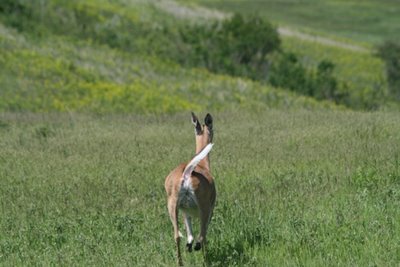 Or maybe she’s just fixin’ to drop one. Either way, she’s got milk.
Or maybe she’s just fixin’ to drop one. Either way, she’s got milk.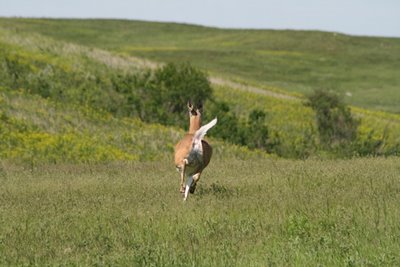 Over the hill she goes.
Over the hill she goes.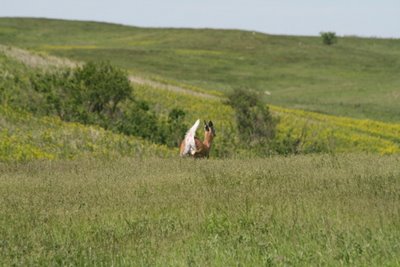 And stops for a last look back. Lucky girl, to be able to bring her baby up on the prairie, listening to western meadowlarks.
And stops for a last look back. Lucky girl, to be able to bring her baby up on the prairie, listening to western meadowlarks.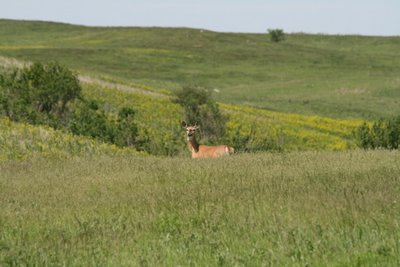 I'm praying for rain tonight like a prospector prays for gold. Please. The sky is deep Payne's gray-blue, the leaves are inside out, the radar looks good, all sprinkled with green and yellow, and I hope this storm actually forms and gives us some relief. We had our last picking of sugar snap peas last night, and the first picking of snap beans, and the beans are all J-shaped, the shape of drought. My tomatoes are just sitting there, sulking, hard little green marbles hanging from their tiny limbs. I don't want to haul out 200 feet of hose if I don't have to. I'm waiting, hoping, visualizing inches of rain coming down on my crisp gardens. May it rain on you, too.
I'm praying for rain tonight like a prospector prays for gold. Please. The sky is deep Payne's gray-blue, the leaves are inside out, the radar looks good, all sprinkled with green and yellow, and I hope this storm actually forms and gives us some relief. We had our last picking of sugar snap peas last night, and the first picking of snap beans, and the beans are all J-shaped, the shape of drought. My tomatoes are just sitting there, sulking, hard little green marbles hanging from their tiny limbs. I don't want to haul out 200 feet of hose if I don't have to. I'm waiting, hoping, visualizing inches of rain coming down on my crisp gardens. May it rain on you, too.
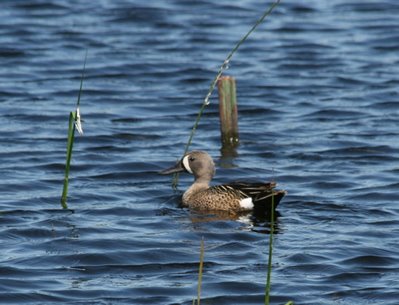
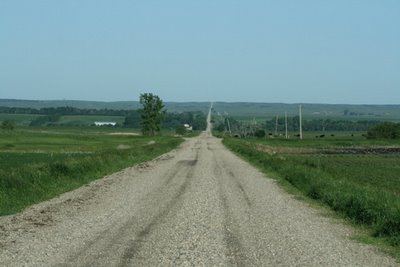
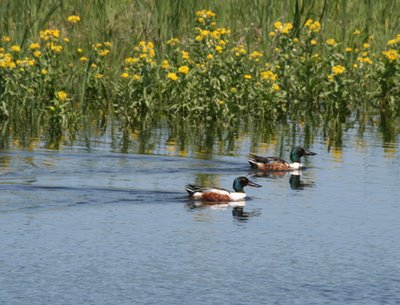
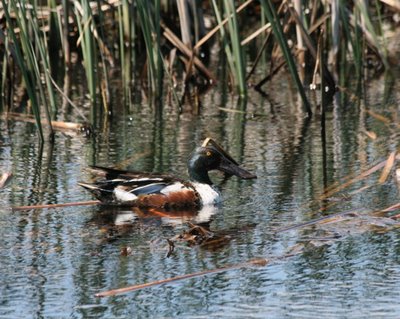
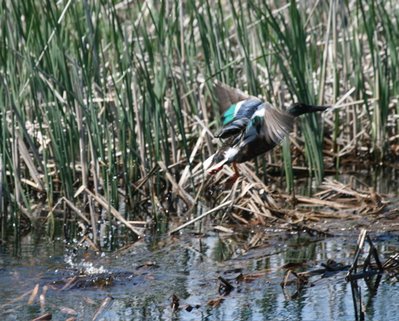
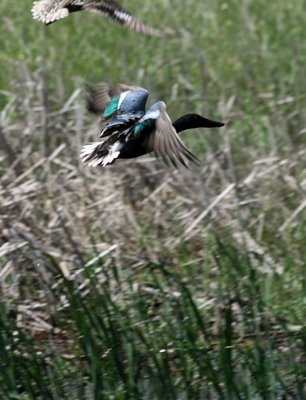
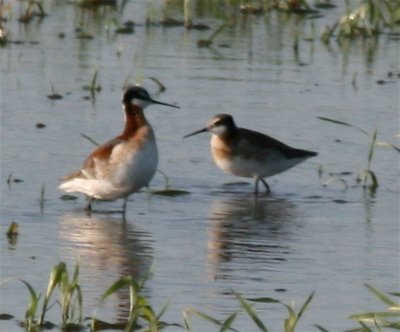
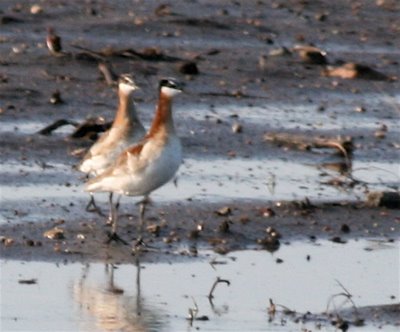
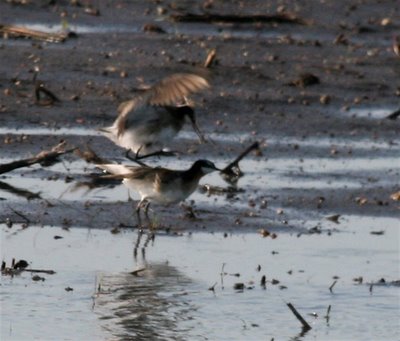
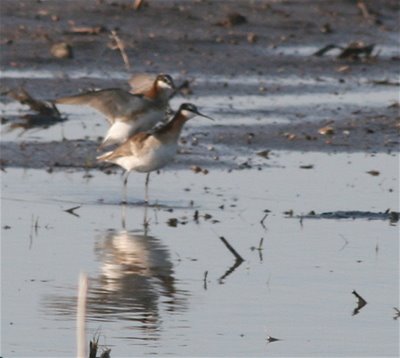
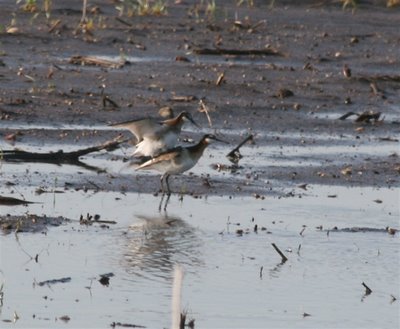
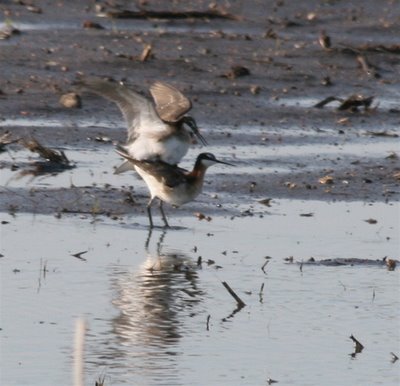
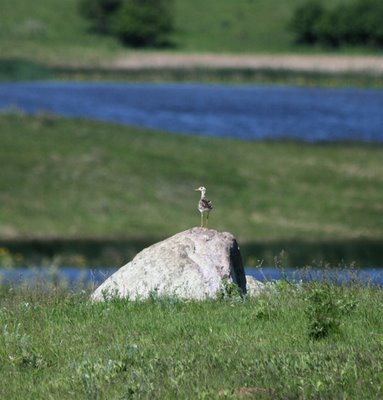
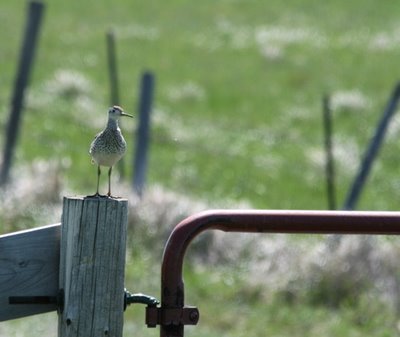
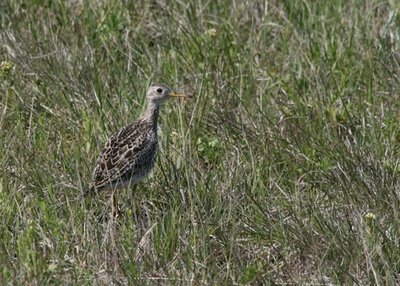
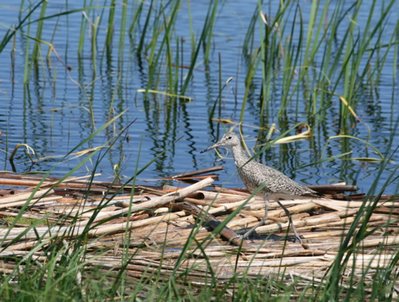
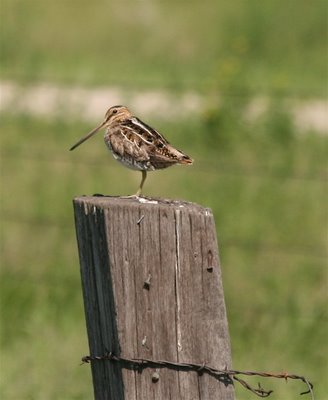
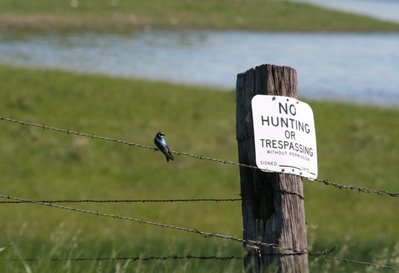
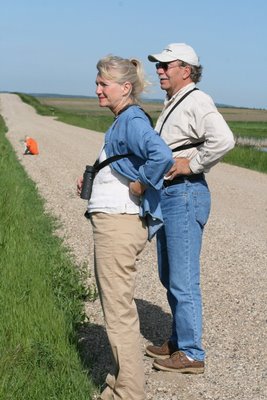
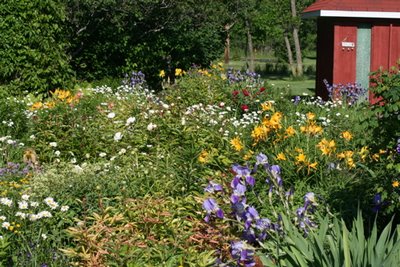
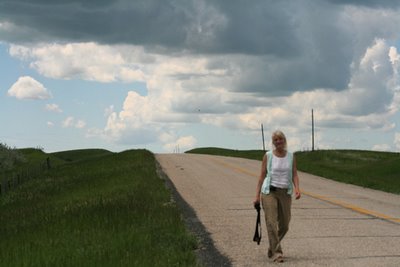
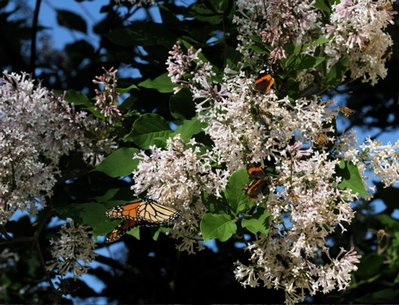
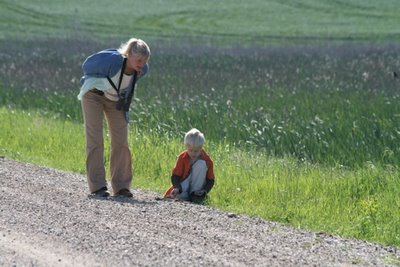
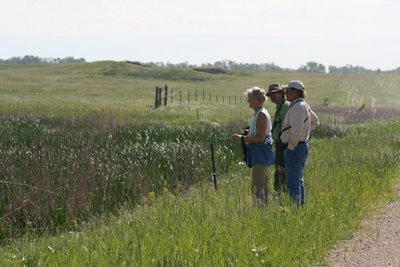
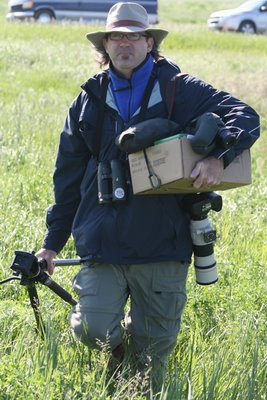
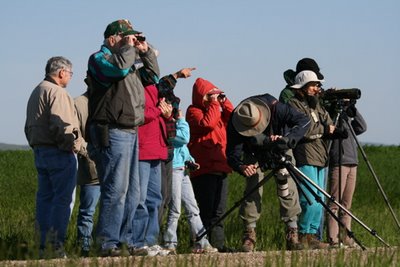
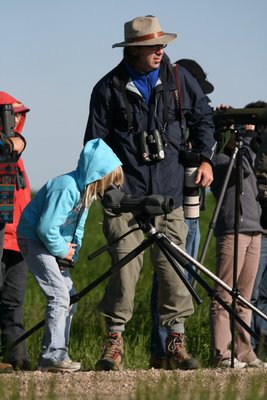
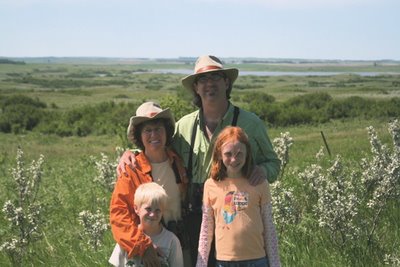
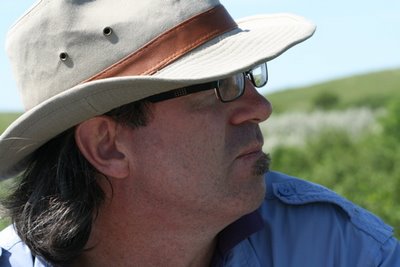
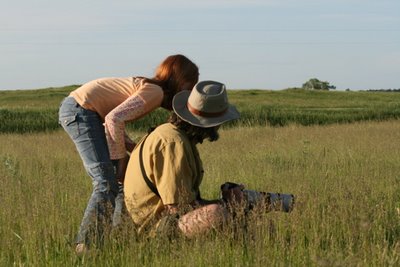
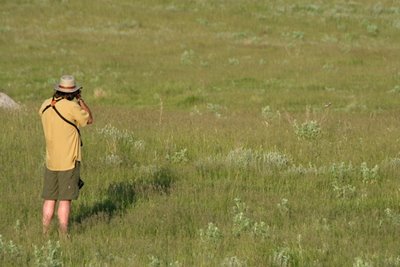
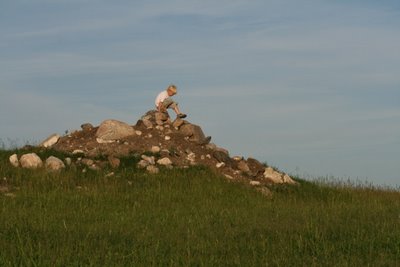
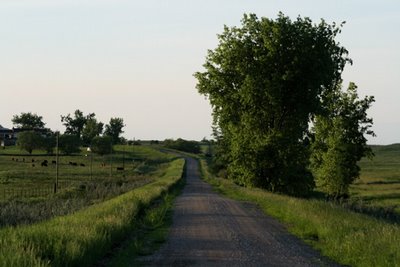
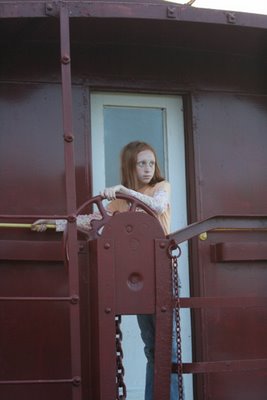
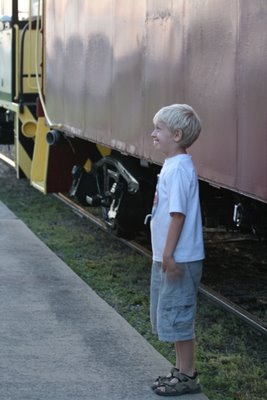
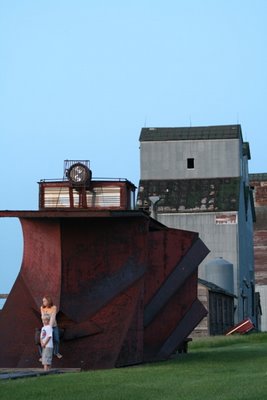
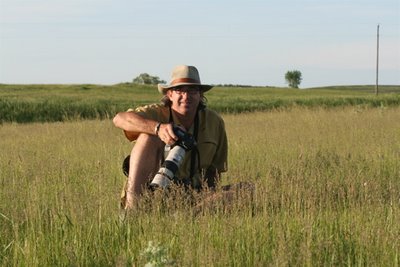
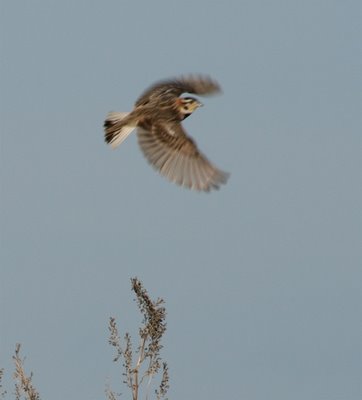
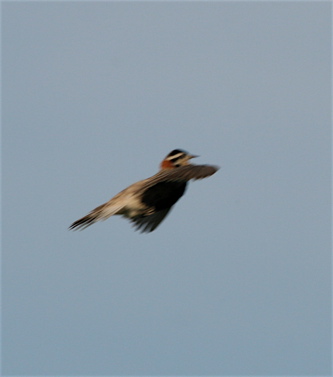
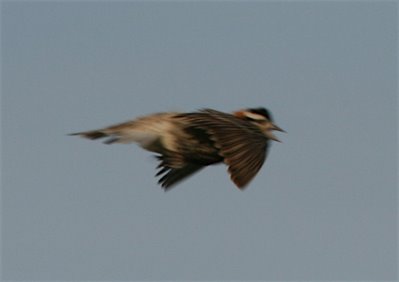
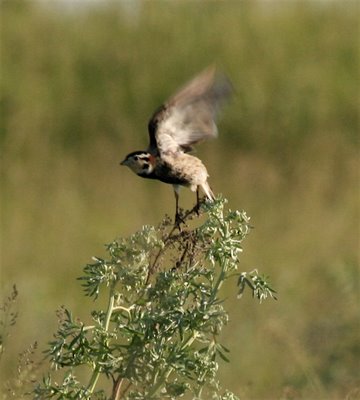
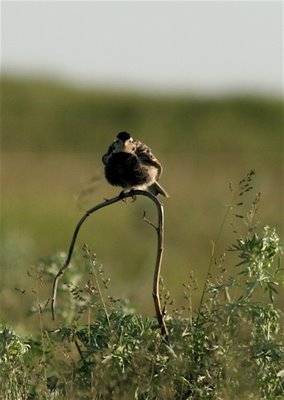
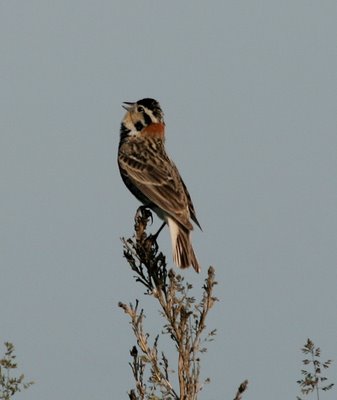













Thursday, June 28, 2007
1 comments